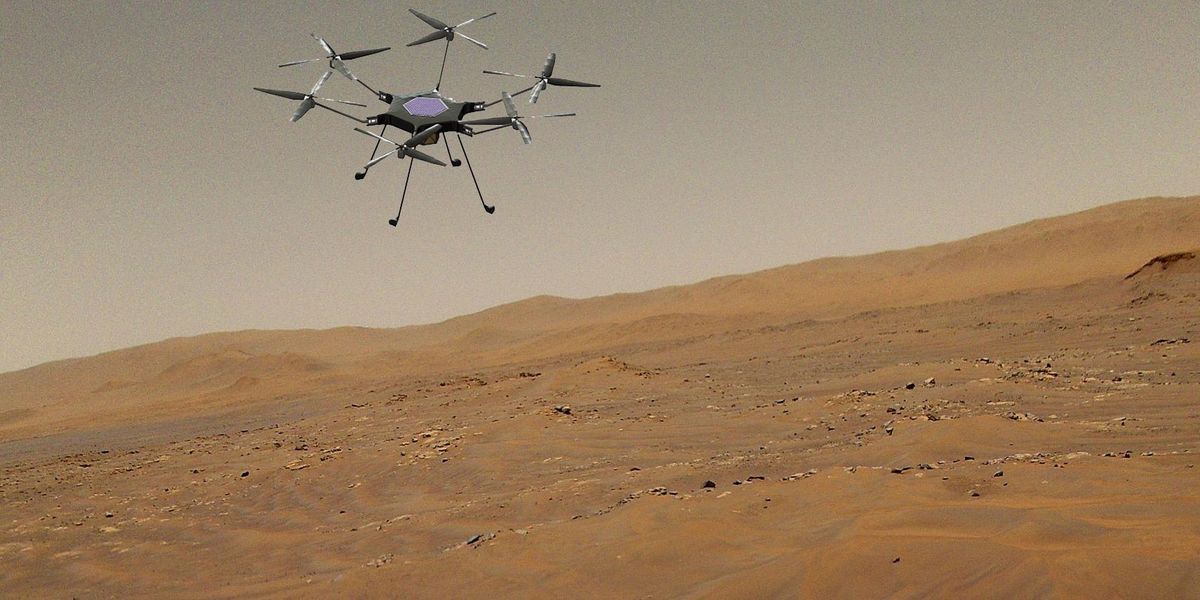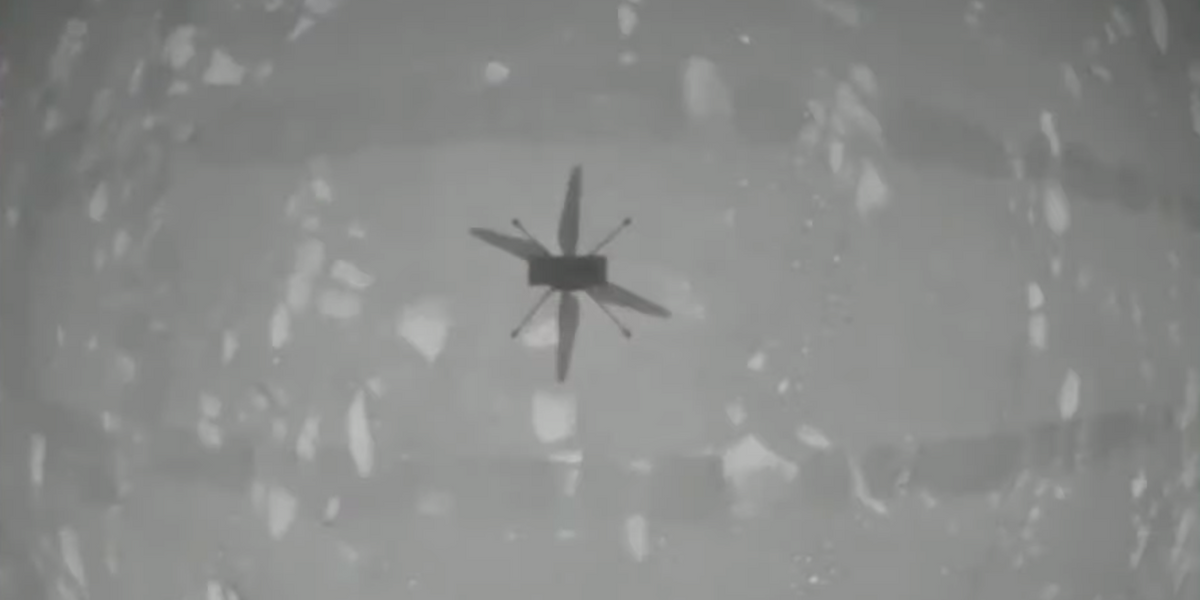Ingenuity

Ingenuity is a small helicopter designed to fly on Mars. NASA originally planned to fly it five times over 30 days, but Ingenuity performed so well that it completed 72 flights over almost 3 years.
- Creator
- Year
- 2020
- Country
- United States 🇺🇸
- Categories
- Features
Did you know?
Ingenuity has twice as much processing power as the Perseverance rover.


History
Ingenuity is a technology demonstration project to test powered, controlled flight on another planet for the first time. Ingenuity was brought to Mars along with the Perseverance rover and was released once the rover found a suitable landing spot. The helicopter's first flight on April 19, 2021, was a major milestone: Ingenuity took off, climbed to around 10 feet (3 meters), made a turn, and then landed. It has since completed multiple successful flights on Mars to explore farther distances and altitudes. The project moved to a new phase that aimed to explore how future rovers and aerial explorers can work together. On its 72nd and final flight on January 18, 2024, Ingenuity sustained damage to one or more of its rotor blades during a rough landing.


Specs
- Overview
Fully autonomous. Solar powered. Built with open source software and commercial hardware.
- Status
Ongoing
- Year
2020
- Website
- Width
- 120 cm
- Height
- 49 cm
- Length
- 49 cm
- Weight
- 1.8 kg
- Speed
- 13 km/h
- Sensors
Cellphone-grade IMU, laser altimeter, downward-pointing VGA camera, color camera.
- Actuators
N/A
- Degrees of Freedom (DoF)
- 3
- Materials
Aluminum, carbon fiber.
- Compute
Qualcomm Snapdragon 801.
- Software
F Prime on Linux
- Power
36 Wh lithium-ion battery pack, 90 seconds of flight.
- Cost
- US $85 million (total invested to design, build, test, and operate the robot)







